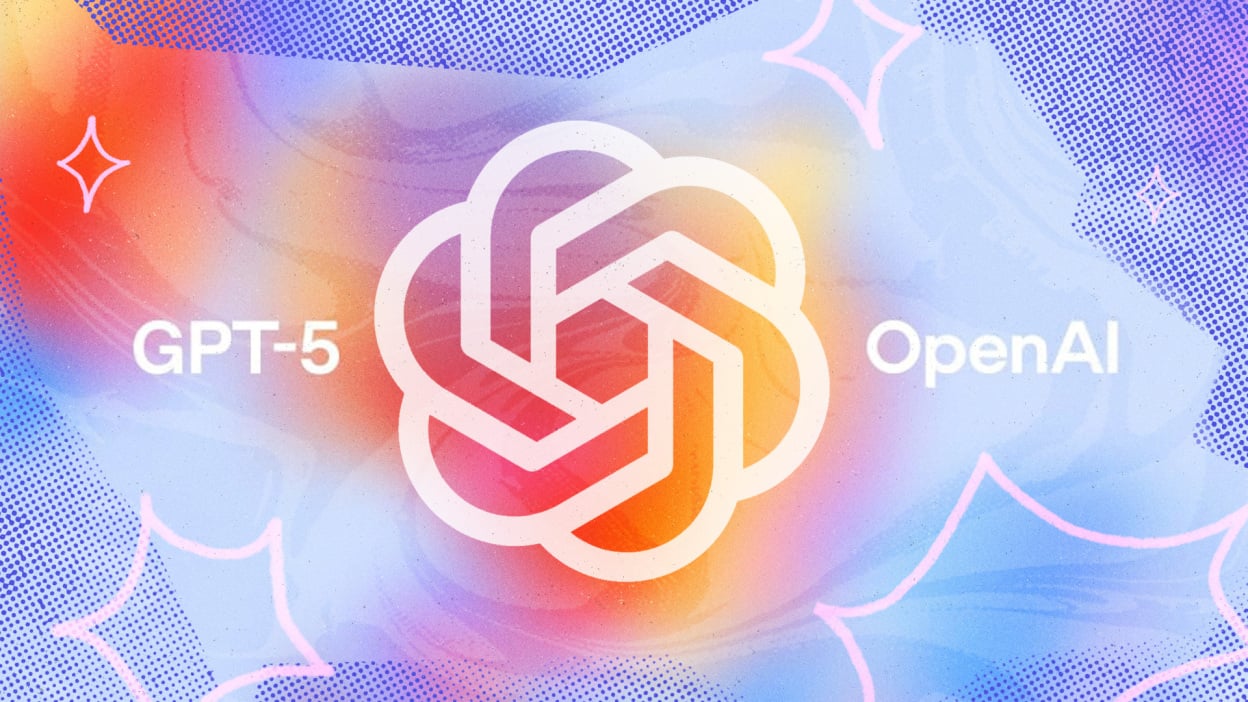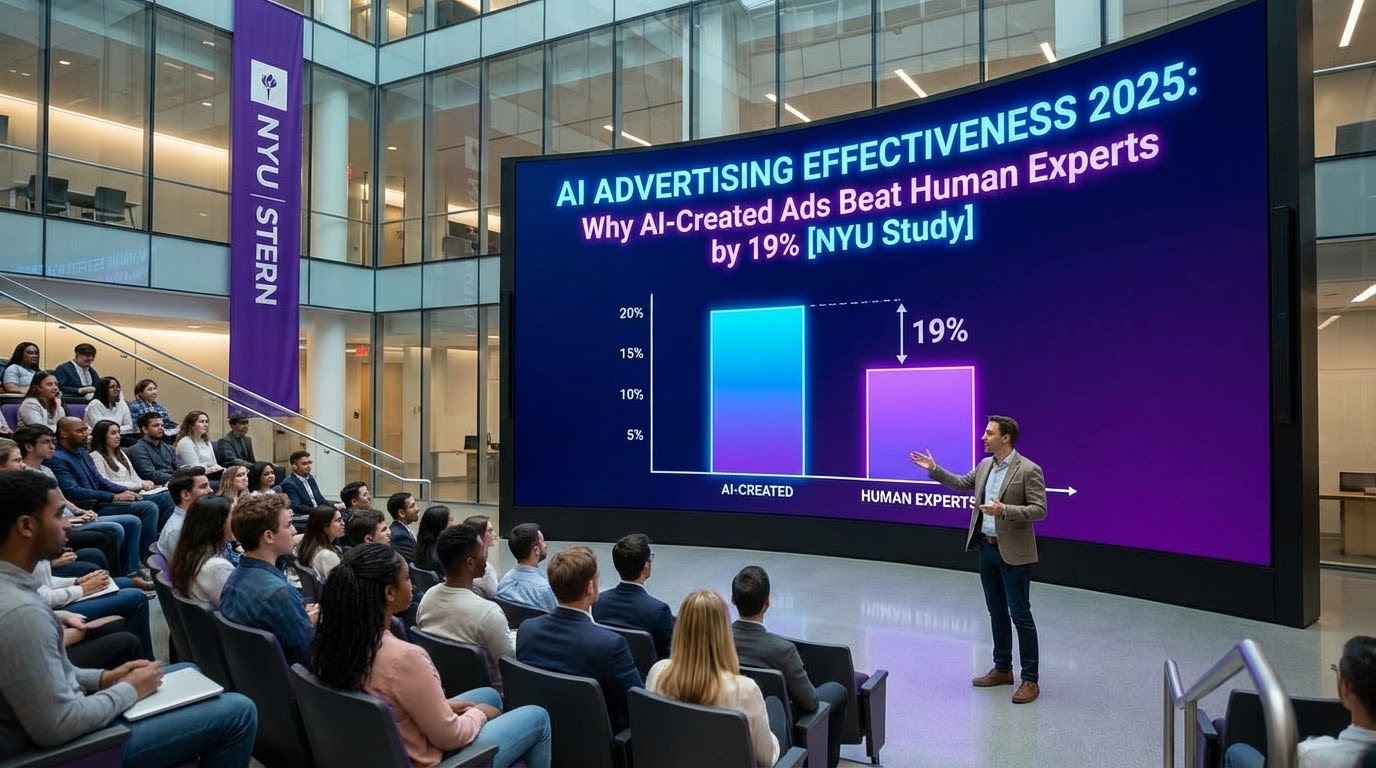
GPT-5: hype or real revolution? All you need to know and what it can really do
On August 7, 2025, OpenAI raised the curtain on GPT-5, its new flagship model, after months of rumours and cleverly orchestrated teasing. Presented as the “PhD-level expert” capable of doing everything — code, reason, understand complex contexts — he was supposed to mark a turning point in generative AI.
But while the launch demonstrations were impressive, the actual reception was more nuanced. Code and business professionals see it as a more powerful and stable tool. Some of the general public, on the other hand, regrets a “less welcoming” model, accompanied by imposed changes that have shaken up habits.
In this article, we look back at What GPT-5 really brings, its limitations, its price and how to best use it, with a critical and concrete perspective.
1. The promises and reality of the launch
During the presentation, Sam Altman emphasized a clear vision: a unified model that can automatically switch between rapid response and thorough thinking, fewer hallucinations, increased code mastery, and refined multimodal understanding (text + image), and refined multimodal understanding (text + image).
The figures announced were impressive: 74.9% success on the SWE-Bench Verified benchmark (compared to 54.6% for GPT-4.1), up to 80% reduction in factual errors in Thinking mode, and significant gains in scientific or mathematical reasoning.
However, from the very first hours, Reddit and X were full of criticisms: answers considered shorter, tone more mechanical, disappearance of models like Gpt-4o, quotas reached too quickly. This was not just an “update” for many, but a change in nature.
Faced with the discontent, OpenAI quickly backed down on two points:
- reinstatement of Gpt-4o for paying subscribers,
- massive increase in the limits of use of Thinking mode (from 200 to 3,000 posts/week on the Plus offer).
2. The real news
A unified model
GPT-5 is based on a unique architecture that can automatically route to the most appropriate version: Fast for speed, Thinking for complex reasoning, Mini or Nano to optimize speed and cost, and Pro for even more advanced reasoning.
After the criticism, OpenAI added manual control to let the user choose their mode.
Customizing the tone
Four styles are offered: Cynic (sarcastic), Robot (direct), Listener (empathetic), and Nerd (passionate about knowledge). A nod to those who regretted the stronger personality of Gpt-4o.
Specific integrations and uses
Pro subscribers can connect GPT-5 to Gmail and Google Calendar, plan their day, or write email replies.
On the voice side, an advanced mode adapts tone and rhythm to demand, even in custom GPTs.
Finally, a “Study Mode” turns GPT-5 into an interactive tutor, and the model is now able to interpret a medical report to help prepare for an appointment with a doctor.
3. GPT-5 vs GPT-4.1: a technical leap
The tests show clear progress: in coding, GPT-5 detects and fixes bugs that GPT-4.1 missed. In high level mathematics, it almost doubles the score of its predecessor. It is also much more reliable for following complex instructions without missing steps.
Clearly, GPT-5 is more robust, more precise and more efficient... but less “unpredictable” in its formulations. This rigor, which is beneficial for professionals, partly explains why he seems less creative to some.
In terms of reliability, GPT-5 is 45% less likely to “hallucinate” than Gpt-4o, and up to 80% in Thinking mode.
📌 To go further, see our guide”How to prompt GPT-4.1 effectively”.
4. How to use it effectively
To exploit the full potential of GPT-5:
- Adapting the mode to the task : Fast for a quick summary, Thinking for a strategic plan, Mini for a high volume of uncomplex queries.
- Give a clear framework : specify the format, ask for step-by-step reasoning, set a style.
- API side, play with the settings
VerbosityandReasoning_Effortto adjust speed and accuracy, and use theCustom Toolsto force a specific syntax or workflow.
5. Prices and options
In ChatGPT use:
- Gratuit : 10 messages/5 hours, 1 thinking/day.
- Plus ($20/month) : 80 messages/3 hours, 3,000 thinking/week, integrations and advanced voice.
- Pro ($200/month) : unlimited access and GPT-5 Pro version.
In API, the cost depends on the model: from $1.25/1M input tokens for GPT-5 to $0.05 for Nano, with a 90% discount on repeated tokens.
6. What is changing strategically
GPT-5 confirms an evolution of OpenAI: aiming at business and professional uses, with a reliable, integrated and configurable model, even if it means losing a bit of the “companion” charm that seduced the general public.
For developers and decision makers, this is a concrete step forward: more stability, tools and control. For creatives, it may be necessary to alternate between GPT-5 for precision and GPT-4o for spontaneity.
7. Concrete examples of prompts optimized for GPT-5
One of the real strengths of GPT-5 is to be able to alternate between speed and depth of reasoning. Here's how you can use this capability in specific business scenarios.
1. Marketing: multi-channel campaign plan
Objective : prepare a comprehensive media plan for a product launch, using Thinking mode for structuring and Fast mode for execution.
Optimized prompt (Thinking mode)
You are a senior marketing manager.
Product: [product name] — target: [target description] — budget: [amount].
- Reasoning step by step to define: goals, key messages, channels, creative formats.
- Propose a weekly editorial calendar.
- Integrate a specific strategy for Google Shopping and Meta Ads, with associated KPIs.
tip : then follow up with Fast mode to quickly generate campaign assets (titles, scripts, hooks).
2. Code: application auditing and refactoring
Objective : optimize an existing React application by identifying weak performance points.
Optimized prompt (Thinking mode)
You are a senior software architect specializing in React.
Here is the source code for my application [paste or import code].
- Analyze the overall structure and identify areas for optimization.
- Propose a prioritized refactoring plan.
- Provide examples of optimized code, following React 18 best practices.
tip : use verbosity=high for complete documentation, and Custom Tools if you want GPT-5 to apply a strict syntax or a specific framework.
3. Project management: quarterly roadmap
Objective : develop a clear and prioritized project roadmap based on strategic objectives.
Optimized prompt (Thinking-mini mode)
You are a senior project manager.
Objectives Q4: [list of goals].
- Structure a roadmap over 3 months, with milestones and dependencies.
- Identify major risks and propose preventive solutions.
- Propose a synthetic format that can be exported to a table for Google Sheets.
tip : the Thinking-mini mode is ideal here because it combines speed and sufficient reasoning for planning.
💡 Why does it work : GPT-5 better understands multi-step logic, making it a valuable ally for strategy and production. The key is to Define the role that you want him to play, structure your expectations in stages, and choose the right mode to the complexity of the task.
Conclusion
GPT-5 is not the magic revolution promised by communication, but it is a Real leap in applied performances.
It shines in code, complex reasoning, and API use, significantly reduces factual errors, and provides useful integrations. But it also represents a turning point: that of an assistant who is less aimed at “everyone” and more at those who will make it a real work tool.
For some, it's a loss. For others, it's finally the reliable AI they needed.
Continue reading

AI generated content in e-commerce: what legal obligations and what business impacts - 2026 edition

Agentic AI and New Shopping Dynamics: Understanding the Rise of AI-Driven Shopping in 2026

AI Advertising Effectiveness 2025: Why AI-Created Ads Beat Human Experts by 19% [NYU x Emory Study]
.svg)







